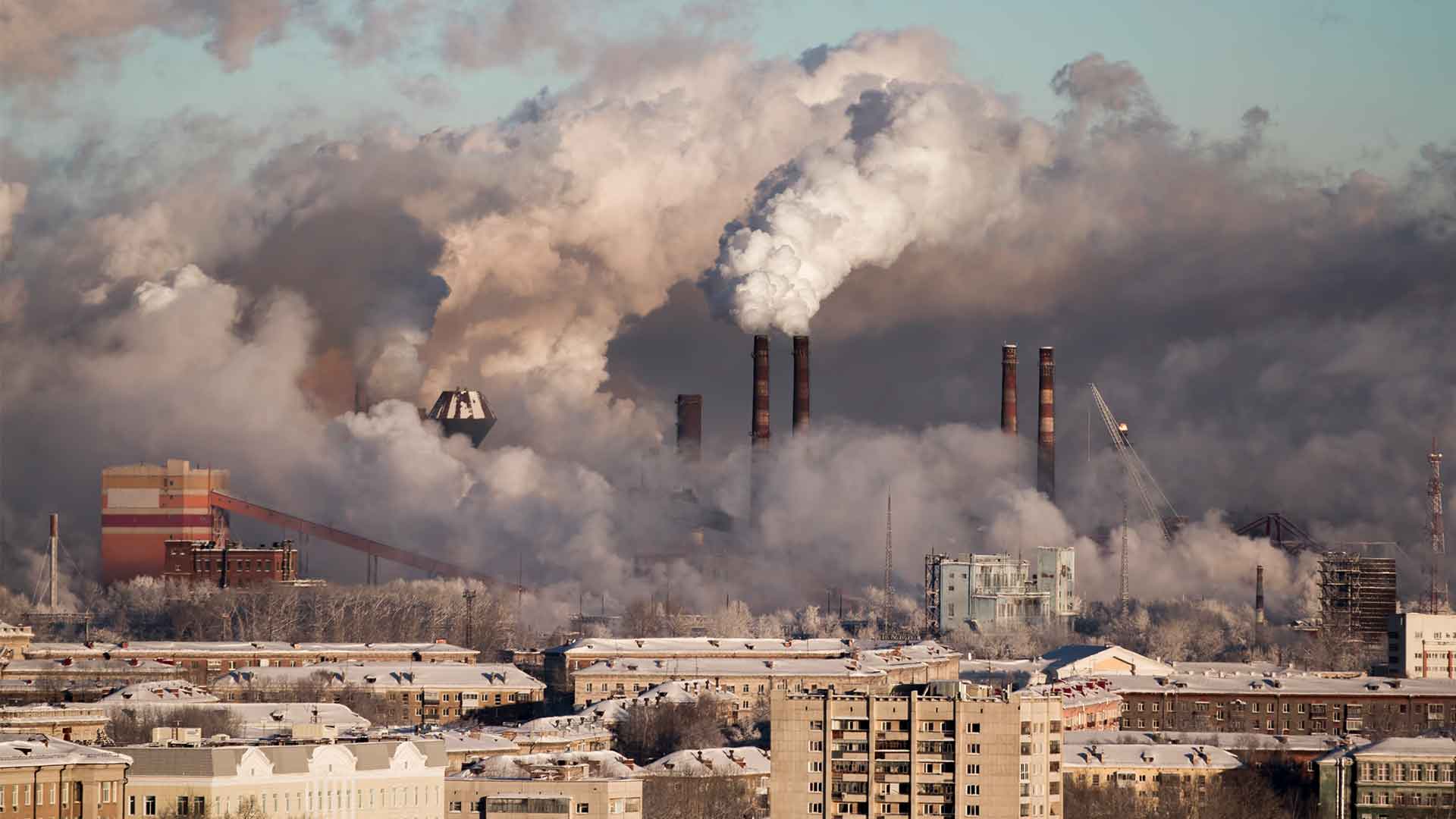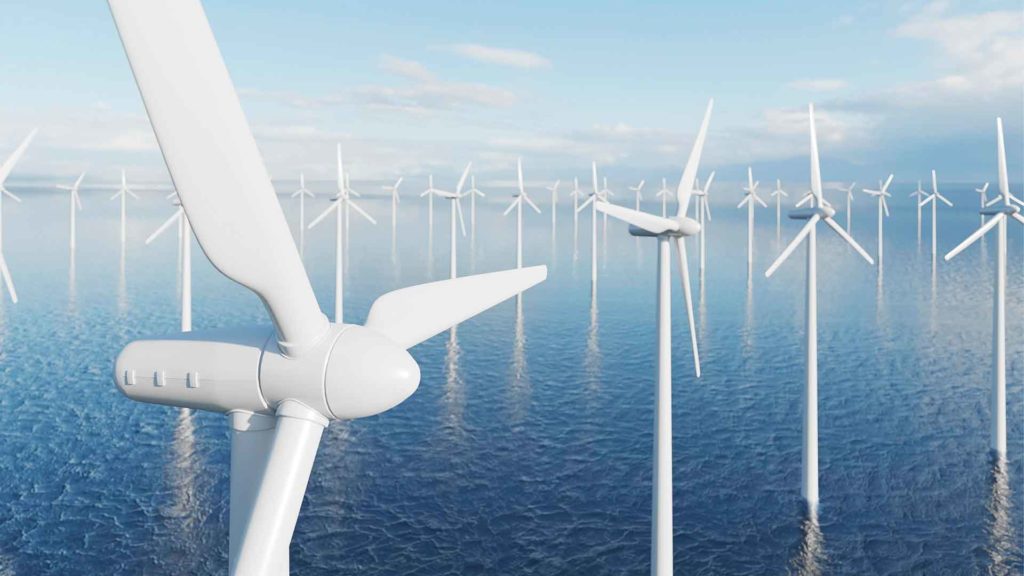
The price of progress is a hefty one
Decarbonization, the process of reducing carbon emissions to mitigate climate change, is no exception. The world has come together to acknowledge that something must be done about global warming. And we are all taking small steps towards this goal. We have yet to see the true impact these changes will have on our planet. But we need to act now before it’s too late.
The transition to a low carbon economy is inevitable. The only question left is how fast the change will take place, and who will make it happen. We’ll explore the advantages of going green from an individual, community, and company perspective. This helps to understand what can help motivate businesses towards decarbonization.
Decarbonization – What is it?
Decarbonization is the process of reducing carbon dioxide emissions to mitigate climate change. Decarbonizing your company entails eliminating all fossil fuels from your current energy sources. It includes electricity and gasoline for transportation.
When does decarbonization happen?
The shift towards low-carbon economies (decarbonization) typically occurs with a mix of different policies. It happens as a carbon tax or cap and trade system. Decarbonization can happen over the course of decades, but how quickly it occurs varies by country depending on their socio-economic situation.
What are some challenges to decarbonizing?
Some challenges that may impede progress towards low-carbon economies include:
- technological innovation in low-carbon energy sources;
- price volatility for fossil fuels;
- consumer behavior surrounding climate change;
- expensive;
- time-consuming;
- has a low rate of diffusion into mainstream industry knowledge.
There may be unintended consequences by reducing CO emissions. For example, it could hurt human respiratory health due to increased levels of sulfur dioxide (SO), nitrogen oxides (NOx), or carbon monoxide(CO).
The United States is one of the best examples of countries that have faced significant obstacles during decarbonization efforts. It is due to high demand from consumers for cheap fuel options like gasoline. One way to help drive down this type of demand is through education about sustainable transportation alternatives, that will help reduce oil dependence. Another challenge is how China makes tradeoffs between significant investments into green technologies versus high economic performance. Mainly due to lower competition under low oil prices.
Decarbonization, like other government policies and investments in the economy, can have a significant impact on companies. For example, changes made to fuel taxes (a key climate policy) could lead to altered demand for certain products that are highly flammable or those with high carbon footprints.
What are some drivers of Decarbonization?
Drivers of decarbonization can be grouped into three categories: customer demands, employee expectations, and community preferences.
The pressure on governments by citizens who want cleaner air or increased quality jobs has made the likes of Beijing and London two of the most rapidly decarbonizing cities in recent years.
In China, for example, shifts to electric cars are driven by government subsidies as well as local manufacturing innovation. This has made these vehicles cheaper than their gas-powered counterparts.
In Europe, there are several initiatives to move past coal power sources and cleaner transportation fuels like biofuels. Else, green electricity will be necessary across all sectors if we hope to meet Paris Accord targets. Decarbonization is already driving some revolutionized changes but our efforts must continue with even greater urgency. This situation persists until governments around the world can create policies and regulations that will accelerate this change towards clean energy practices.
What are customer demands from decarbonization?
Firstly, customers want the decarbonization of transportation fuels and cars. They want decarbonization of the electricity grid, starting with coal plants.
Decarbonization of the electricity grid will be the first step towards a cleaner energy future. The decarbonization of electrical appliances and devices, including computers, smartphones, refrigerators, TVs, etc. These decarbonized power sources for these products can either come from green electricity or renewable resources like wind turbines and solar cells.

Customers want energy-efficient products as they will save money on their monthly bills and buy less electricity overall. For example, if you have an old refrigerator it consumes about $80 a year in power. But newer models use about half as much or even less than this amount. That adds up over time. The average appliance lifespan is 12 years so there are significant savings for customers who purchase new appliances with Energy Star labels every few years.
What do employees demand from decarbonization?
Employees need cleaner production processes in industries like steel making. This will release less carbon dioxide into the atmosphere while still maintaining efficiency requirements. It includes implementing new methods to cut down on emissions such as shrouding coal plants with smokeless materials. So they don’t produce black particles called particulate matter (PM). These smaller particles do not stay suspended long enough to affect climate change. But they are typically more dangerous than the larger ones.
Decarbonization can also mean more sustainable business practices. Like designating a certain percentage of profits to be reinvested in green technology research and development. This can reduce the carbon footprint of that company by 20%.
Employees expect to enforce the Paris Accord goals for 2030: net-zero emissions in all sectors by 2050 or sooner. This means that we need to start reducing carbon emissions now and not wait until later when energy policies may change again.
Community demands of decarbonization
These demands from the community are already in place. And increasingly more companies are taking the initiative to decarbonize as well. For example, Amazon has pledged under its 100% renewable energy goal that it will use only clean power sources for powering its operations. Furthermore, on Earth Day (April 22), many businesses take steps towards greater environmental responsibility with several campaigns. It includes “Trees Mean Business” which is an effort by Harvard Forest in Massachusetts to plant one million trees nationwide in five years.
The process of Decarbonization does not come without challenges, however. The cost of these initiatives can be quite costly since replacing fossil fuels requires major investments into alternative technology or developing new methods for extracting low-carbon resources like solar and wind energy.
The drivers of Decarbonization are not only the customer, employee, or community demands. But it also has government regulations that mandate a certain level of decarbonizing for all businesses by 2030.
For example, France has set up an ambitious plan to reduce carbon dioxide emissions by 80% in 2050. It is from 1990 levels with its long-term goal to become 100% reliant on renewable power sources. This is one excellent demonstration of how governments have stepped in and taken steps towards greater environmental responsibility. Even though it may adversely impact their country’s GDP growth rate.
Role of Boron in decarbonization
Boron in decarbonization helps to reduce the cost of nuclear power and mining for raw materials. Boron helps to remove carbon dioxide from industrial emissions. We can also blend it with coal and other fuels as a means of reducing their carbon density. The use of boron not only provides an alternative to fuel source for coal power plants. But it also reduces greenhouse gas emissions and helps to combat climate change by lowering CO levels. Decarbonizing with boron leads to economic growth as well. Because jobs are available and dependence on foreign oil imports reduces due to decreased consumption.
Conclusion
In conclusion, let us say that decarbonization is not an easy process. And it will have many social, economic, environmental, technological, political ramifications. Decarbonization usually results in the changing of energy sources to more sustainable options such as wind power or solar panels. It also often involves greater energy efficiency and a shift from fossil fuels to renewable energies.
The major obstacle facing decarbonizing efforts is that there are now too few viable alternatives available for consumers and businesses alike. They cannot affordably make a switch without incurring large upfront costs (or risking lower profitability). That said, governments need incentives like carbon taxes or reduced regulations on clean technologies to encourage their use while reducing GHG emissions overall.
If we do nothing about climate change, then our planet’s future looks very diminishing. The impacts are already being seen today and will only worsen as time goes on.





